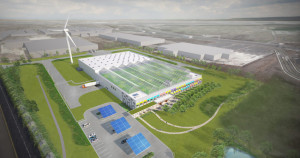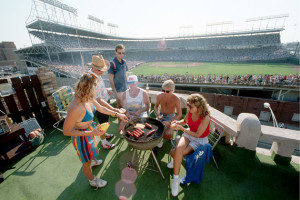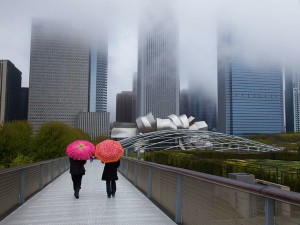by QUINN FORD, DNAinfo Chicago, March 4, 2014

The factory will include a wind turbine, solar panels and rooftop greenhouse
Renderings: William McDonough+Partners
Source: www.chicago.curbed.com
Construction on an environmentally-friendly manufacturing plant is officially underway on the city’s South Side.
Method, a company which boasts natural, nontoxic cleaning products, held an official groundbreaking ceremony for a $33 million plant being built in the Pullman neighborhood.
The plant, which was announced in July, is scheduled to open early next year and will be the company’s first manufacturing facility in the United States.
The company was lured to the South Side neighborhood in part by $9 million in city Tax Increment Financing funds as well as $1.1 million in state tax credits over 10 years.
The project will evenutally create nearly 100 jobs in the area once the factory is complete. Ald. Anthony Beale (9th) said the plant will provide a big economic boost to a neighborhood originally developed as a factory town.
“There hasn’t been a manufacturing company on the South Side in the city of Chicago for almost 30 years,” Beale said, prompting applause.
The plant’s plans call for a 230-foot wind turbine and solar panels that the company said will meet half the plant’s energy needs. Plans also call for greenhouses to cover the building’s roof, which company officials said will be rented out to vendors to grow fresh fruit and vegetables.

